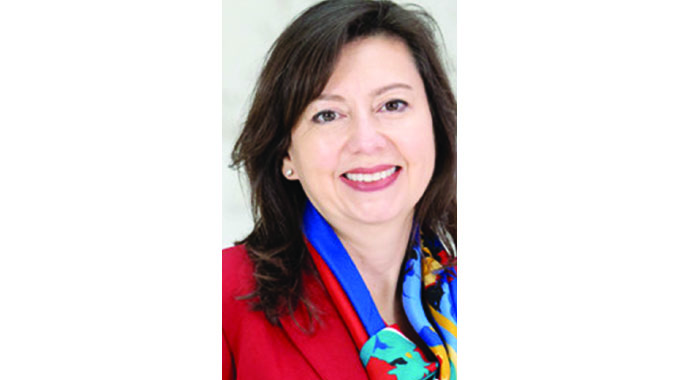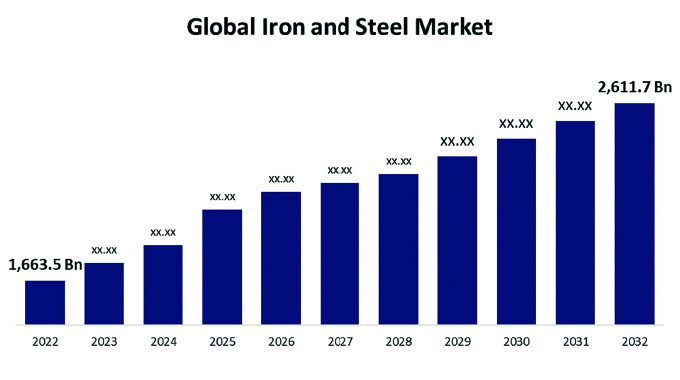Insurance firms lose money to fraudsters
Business Reporter
SHORT-TERM insurer, NicozDiamond, says an industry study shows that about 30 percent of claims paid out by insurance firms are fraudulent.
General manager corporate services, Gloria Zvaravanhu said there has been an increase in frequency of fraudulent claims in the insurance sector.
“Due to unethical practices, it has been noted (from a study) that an estimated 30 percent of claims are fraudulent. The industry is however working on a system which will enable players to share information on fraudulent activity,” she said.
It has also been noted that some established short term insurers have resolved to undercutting premiums in order to generate revenues to meet expenses, but remain insufficient funds to cover insured risks.
Mrs Zvaravanhu said this comes at a time premium collections have come under increased pressure due to the difficult economic environment.
She said this is against the backdrop where the sector shrank by 6,6 percent in the interim period to June.
Ms Zvavanhu noted that the sector is experiencing other challenges that include new regulatory requirements, which now compel short-term insurers to have minimum capital of $2,5 million from $1,5 million. Cover notes, linked to the Zimbabwe National Road Authority database, are also now issued electronically, which she said apart from offering improved security, come with higher costs to insurance firms.
The Zimbabwe stock exchange listed insurer also said it is pursuing a cocktail of measures to lower its high loss ratio in order to grow the bottom line. This comes after the group posted a $1,9 million profit before tax in the half year on account of 15 percent decline its operating expenses.
Group chief executive Grace Muradzikwa said, after presentation of the June 2016 half-year results, that the group has engaged a number of value chain partners to better manage the cost of claims.
She said the short-term insurer is negotiating with value chain business partners who include panel beaters and suppliers of spares to insured customers, to manage its high claims or loss ratio.
In addition, the group chief executive said NicozDiamond has engaged investigators as part of efforts to stem out fraudulent claims.
Mrs Muradzikwa acknowledged the fact that the motor insurance class’ rate of contribution to claims of 68 percent is on the high side, she pointed out that such a scenario is not peculiar to Zimbabwe.
However, she noted that while measures are underway to reduce the claims to expenses ratio, they are happy with the situation, pointing out that what is important is to underwrite the business profitably.
“Across the world, the motor book is always the biggest (in terms of claims). It is the largest (class) because it is compulsory,” she said. “The claims ratio mirrors the portfolio distribution,” she added.
Mrs Muradzikwa said the motor book will always be the largest insurance class and that is why there is need to underwrite it profitably.
“But even at this high claims ratio, we are making money.”
General manager Mr Noel Manika said although the group is making money at a loss ratio of 51 percent, reducing it further will enhance profits.
“Globally a loss ratio of 60 percent is considered good and we are at 51 percent, but we have capacity to reduce it below 51 percent,” he said.
NicozDiamond saw half-year profit before tax leap 16 percent to $1,9 million, gross premium written grew 2 percent to $23 million, underwriting profit skipped 94 percent to $1,3 million while net premiums written increased by a marginal 1 percent to $1,350 million.






Comments